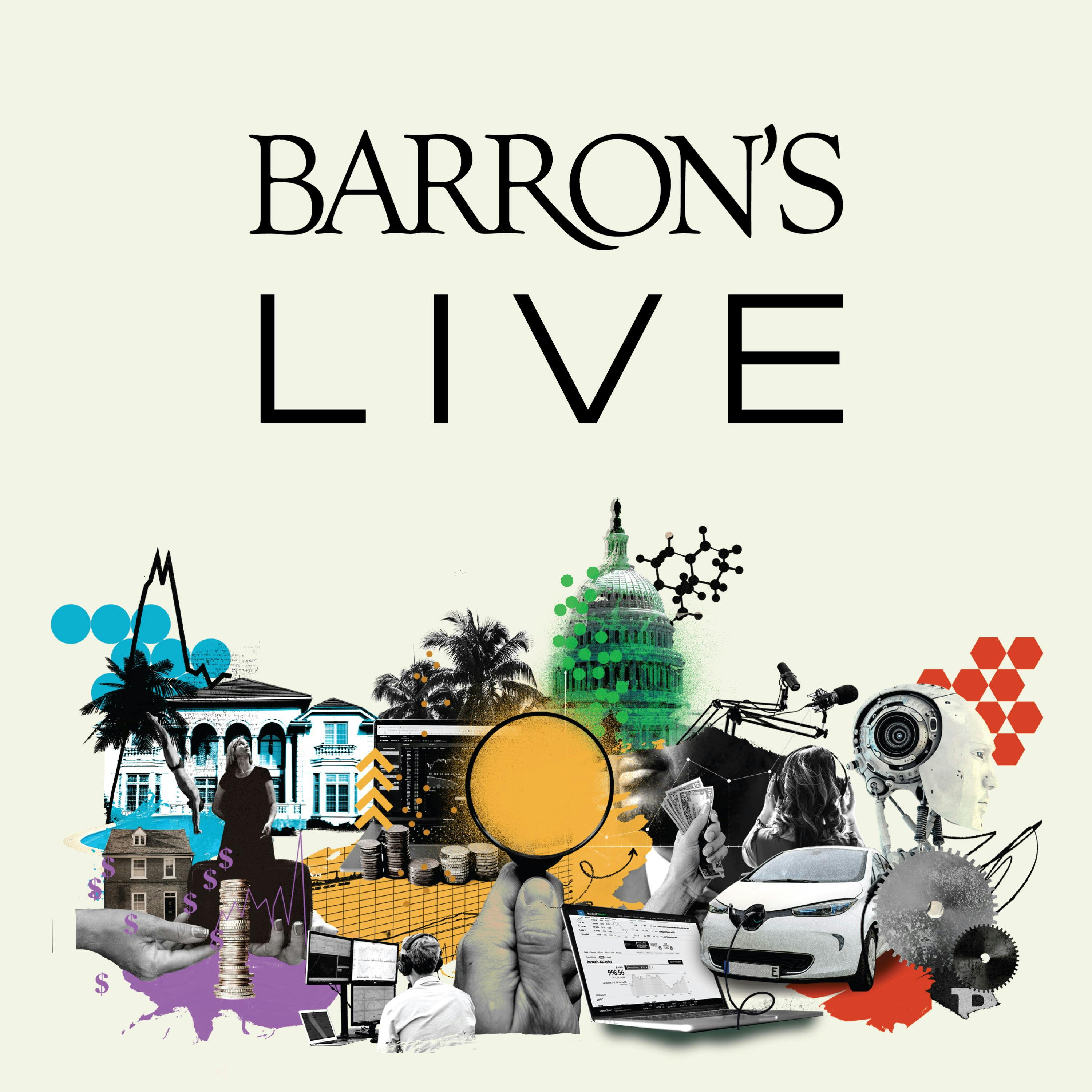
Deep Dive
Why does David Giroux believe American stocks are stronger long-term compared to international markets?
David Giroux believes American stocks are stronger long-term due to the strength of the U.S. economy and markets compared to Europe, Japan, Australia, and emerging markets. Despite acknowledging some bargains in non-U.S. markets, he emphasizes the consensus focus on U.S. markets and the concept of American exceptionalism.
What is David Giroux's outlook for the S&P 500 returns over the next five years?
David Giroux projects sub-5% returns for the S&P 500 over the next five years, based on a company-by-company analysis. This is significantly lower than the 12-13% returns projected in 2022, indicating a more expensive and narrow market.
What factors are contributing to the rise in the 10-year Treasury yield to 4.8%?
The rise in the 10-year Treasury yield to 4.8% is driven by a combination of factors, including a stronger-than-expected unemployment report, stagnating inflation numbers, potential inflationary policy moves like increased tariffs and reduced immigration, and the likelihood of tax cuts extending beyond 2025, which could drive higher deficits and GDP growth.
What is the Fed's current stance on interest rates according to Nick Jasinski?
The Fed is in a wait-and-see mode, recalibrating interest rates based on data and policy developments. Inflation has shown little progress since September, and the Fed is monitoring whether inflation will resume its downward trend or rise due to policy changes and global growth inflections.
What are the expectations for S&P 500 earnings growth in the fourth quarter of 2024?
Analysts expect 8% earnings per share growth for the S&P 500 in the fourth quarter of 2024, matching the third quarter's growth. Revenue is expected to grow by 5%, with guidance and outlook for 2025 being more critical than the actual quarterly results.
Why does David Giroux see value in utilities like Ameren and Nisource?
David Giroux sees value in utilities like Ameren and Nisource due to the growing demand for power from data centers, particularly AI-driven ones. These utilities are expected to double their electric consumption capacity over the next decade, leading to structurally faster growth and higher valuations compared to traditional staples.
What is David Giroux's view on the bond market and its attractiveness?
David Giroux finds bonds reasonably attractive, especially with the 10-year Treasury yield at 4.8%. He believes inflation will trend lower, leading to more Fed rate cuts than the market expects. Bonds also serve as an insurance policy during crises, providing diversification and stability.
What are the implications of higher interest rates for small and mid-cap stocks?
Higher interest rates pose a greater risk to small and mid-cap stocks, as they often rely on external financing and have more floating-rate debt. Companies with strong free cash flow and low reliance on borrowing are better positioned to weather the high-rate environment.
What is David Giroux's optimal allocation strategy for the year ahead?
David Giroux's optimal allocation strategy includes 58% equities (400 bps below normal) and 34-35% fixed income, with a focus on healthcare, software, and utilities. He emphasizes stock-picking opportunities in undervalued sectors like managed care, life science tools, and data center utilities.
- Bearish sentiment at the Roundtable
- Consensus around American exceptionalism
- Rajiv Jain highlighted bargains in non-U.S. markets
Shownotes Transcript
Senior Managing Editor Lauren R. Rublin and Senior Writer Nicholas Jasinski speak with Barron's Roundtable member David Giroux, CIO of T. Rowe Price Investment Management and manager of the five-star T. Rowe Price Capital Appreciation Fund, about the outlook for the economy and stocks, and some of Giroux's favorite investments.